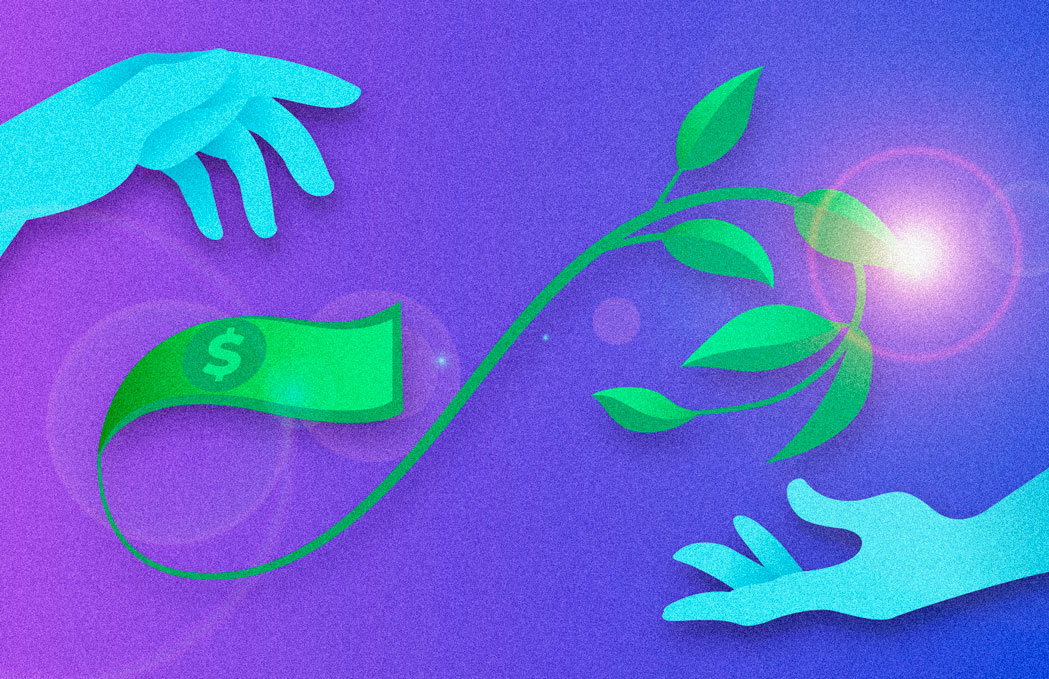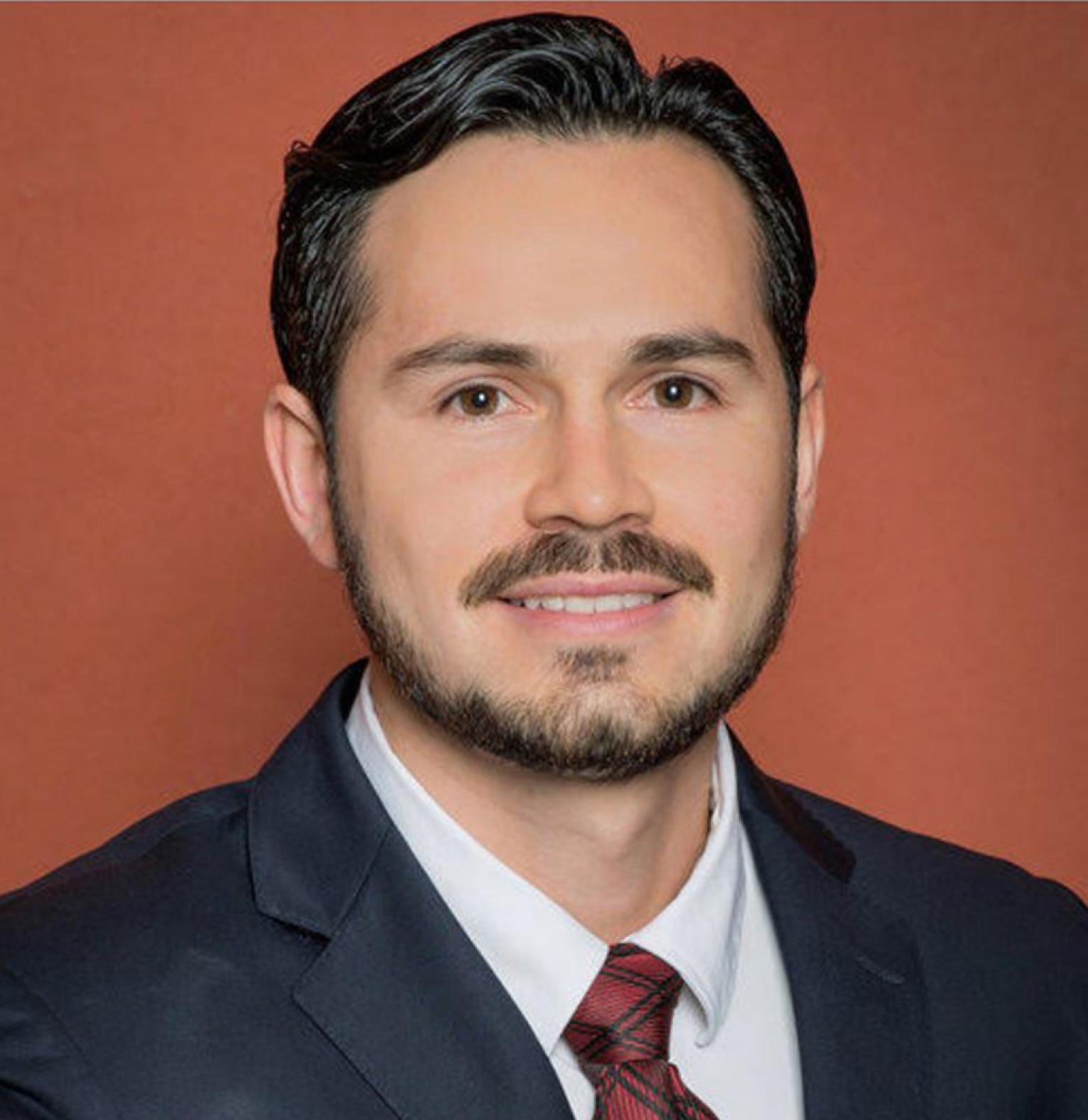Six Success Stories For The Circular Economy in Mexico and Latin America

An economic model like the current one, in which the planet’s limited resources are indiscriminately exploited, is clearly unsustainable. Our linear system starts with the extraction of virgin resources and ends with their eventual disposal, being polluting and inefficient by design. Instead, the circular economy seeks to reverse this dynamic by regenerating natural and social systems and creating opportunities for economic and social prosperity, and implementing new models of industrial operation.
As part of the working group for the 2030 Agenda on Circular Economy, the EGADE Business School’s SWIT research group contributes to the achievement of the United Nations’ Sustainable Development Goals (SDGs) in Mexico.
In collaboration with the Business Coordinating Council and the Global Compact Mexico, we recently published a study detailing the challenges facing the private sector and the actions that must be implemented to achieve Mexico’s objectives in terms of the circular economy. The document "Good Practices in Circular Economy" provides tools to help Mexican companies of any size to move from a linear economy to a circular one in favor of the country’s sustainable development.
Starting to change the business paradigm
The circular economy is an industrial system that is regenerative or restorative by intent and design. In other words, on the one hand, it prioritizes generating positive impacts, not just reducing the negative ones; and, on the other hand, it calls for rethinking the way in which products, processes, business models and even entire regions are designed.
Despite its growing acceptance in Mexico and Latin America, there is little documentation of everyday success stories involving the circular economy. This shortfall is mainly due to ignorance of the concept, the lack of favorable conditions in the environment and minimal communication of successful projects. Our document seeks to close this gap by describing highly relevant cases in the region that can inspire organizations from different sectors.
The effort to move from a linear model to a circular one implies overcoming great challenges, including a systemic change in both the operation of organizations and their business model, in addition to transforming the way of collaborating with stakeholders.
Applying the ReSOLVE framework
Developed by the Ellen MacArthur Foundation, we use this guiding principle to classify circular initiatives based on the key principles of the circular economy. ReSOLVE looks at six dimensions, actions or opportunities: Regenerate, Share, Optimize, Loop, Virtualize and Exchange.
- Regenerate and restore natural capital
In the first dimension of ReSOLVE, we find the success story of Grupo AlEn, a company founded in Monterrey that manufactures and markets household cleaning products. In 2011, the company made an agroforestry investment in regenerative, sustainable and fair-trade practices with the Uumbal project, dedicated to the production and processing of certified palm oil and pine resin.
Uumbal has converted ranching land in Veracruz, Tabasco, Chiapas and Campeche into areas dedicated to forestry and agriculture, allocating almost 4,000 hectares to the conservation of natural and secondary forest, 10,000 to planting palm trees and 5,000 to pines. This has contributed to the fixation of approximately 20,775 tCO2, as well as the protection of more than 300 species of flora and fauna in the conservation areas.
In addition, it has made its palm oil plant energy self-sufficient through renewable sources. Thus, the company has become more sustainable, contributes to restoring ecosystems and returns biological resources to the biosphere.
- Share: maximize asset utilization
The creation of a wetland in Cihuatlán (Jalisco) is an important step in the circular strategy of Arca Continental, the The Coca-Cola Company’s second-largest bottler in Latin America. With the commitment to return 100% of the water used in its operations to nature, it has created a wetland capable of treating 3 million liters of urban water per day. The result is treated water for cultivation in flower nurseries and agroforestry activities carried out by more than 18,000 producers.
The company recently began the construction of another wetland in the Mexicali Valley, with a capacity to treat 4 million liters of water daily, benefiting 28,000 people.
As this success story illustrates, the “Share” dimension materializes through actions such as sharing assets (goods and/or services), reusing, participating in second-hand markets, extending useful lives through maintenance, designing for enhanced durability or upcycling to combat programmed obsolescence.
- Optimize: “do more with less”
The paper company Bio Pappel created its own circular economy model called "Urban Forest". It consists of producing high-quality paper and paper products from 100% recycled raw materials, thus decoupling the manufacture of paper and its derivatives from the extraction of virgin natural resources, and extending the life cycle of the paper.
Through this strategy, the company has managed to reduce polluting waste and optimize the consumption of energy and natural resources. Some figures: it has saved 15.7 million trees, captured the equivalent of 29 million tons of CO2, and recovered and recycled 795 tons of paper and cardboard.
Thus, the “Optimize” dimension entails increasing the performance or efficiency of a product/service, eliminating waste in production and supply chains, and reducing the life cycle impact of products/services. The potential of big data, automation and monitoring can be harnessed, whether through the internet of things or industry 4.0.
- Close the loop
The world’s largest bottler by sales volume, Coca-Cola FEMSA, was concerned about the fate of its old refrigerators. In 2019, it opened the EOS – REPARE plant in San Juan del Río (Querétaro) to evaluate refrigerator components at points of sale and take advantage of them through recovery, repair, reuse or recycling.
The plant has thus been able to process up to 99% of the components of the refrigerators that have reached the end of their useful life, which has resulted in the reuse of more than 57,000 cooler pieces in 25,000 new appliances, saving more than 1.8 million tons of CO2 to date.
In addition to reusing, repairing, remanufacturing and recycling products, components or materials, the “Loop” dimension of the ReSOLVE model promotes the extraction of biochemical products from organic waste and energy cogeneration.
- Virtualize physical resources
The circular economy also invites producers to dematerialize operations directly or indirectly, for example, through digital agriculture, paperless offices, the conversion of physical to virtual assistants, telecommuting to reduce the use of workspace and travel, online shopping, digital music and electronic books, etc.
Mexican petrochemical company Braskem Idesa has launched its first high-density polyethylene (HDPE) resin made from post-consumer recycled material, with 30%, 50% and 70% recycled resin mixed with virgin resin. Thanks to the adoption of this circular model, the company takes advantage of natural resources in production, extends the life cycle of plastic and generates a positive environmental and social impact.
Its results have the potential to fight climate change by reducing the average domestic consumption of 2.1 kg of CO2 eq/kg of resin to 1.8 kg of CO2 eq/kg of HDPE resin. The company has also managed to reduce its carbon footprint by 80%.
- Exchange for new technologies or materials
Natura, a Brazilian cosmetics company, is the world’s largest B Corporation. Through its "Complete Circularity of Packaging" strategy, it has achieved the full circularity of its packaging, making it reusable, recyclable or compostable, uses more than 95% renewable or natural ingredients and uses formulations more than 95% of which are biodegradable.
Additionally, 70% of the PET the brand uses for its products is recycled and since 2007 the company has been carbon neutral, producing a positive social and environmental impact.
The “Exchange” dimension implies actions such as selecting the acquisition of resources appropriately, replacing and applying new, more efficient technologies (3D printing, additive manufacturing) and choosing new, more sustainable products or services (electric vehicles, LED lighting, multimodal transport, etc.).

